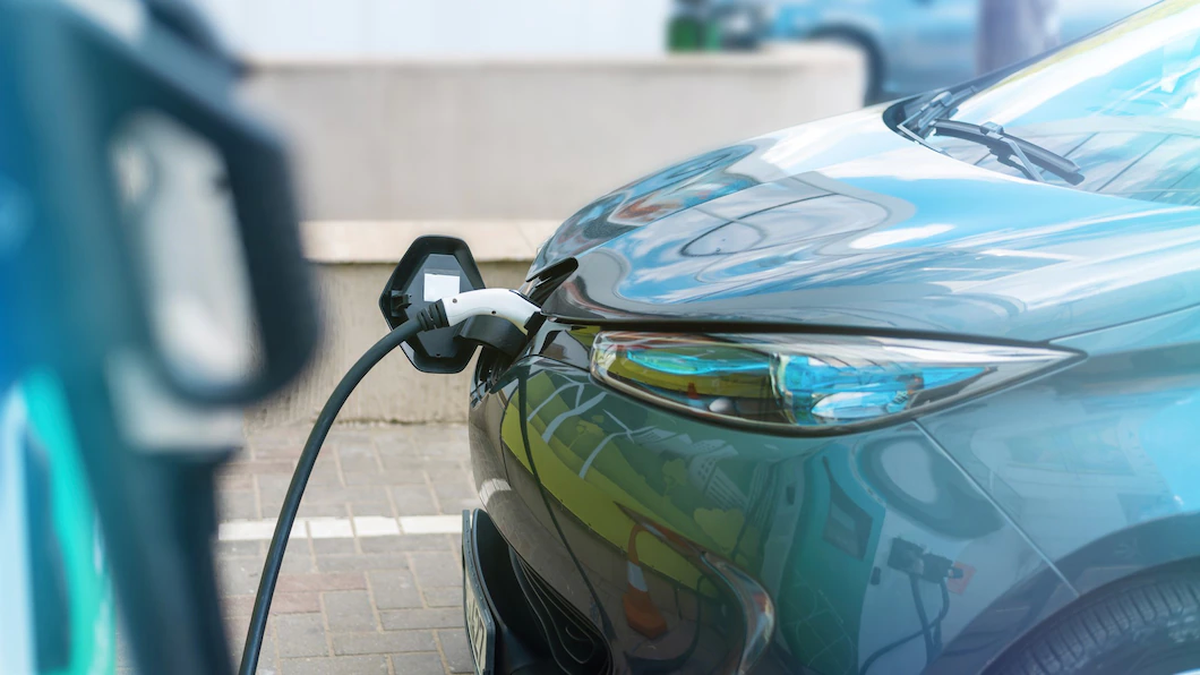This is verified in the statistics of sales of “plug-in” cars.
High-income countries in Europe, such as Germany, Austria, Switzerland, France, Belgium, Luxembourg, the Netherlands, the United Kingdom, Ireland and Iceland, concentrate more than 66% of the total operations on the continent.
This data arises from a Jato Dynamics report that highlights that the northern European markets, with higher income levels, have a 15% electric vehicle market. In contrast, in southern countries, with less developed economies, participation falls to 3.8%.
On the contrary, the study indicates that in other regions where the income of the population is lower and social inequality is more pronounced, the market share of 100% electric vehicles is much lower. For example, in Russia or Latin America the participation of these models did not reach 1% in the third quarter of 2022.
“This disparity is a consequence of the income gap, which is reflected in the infrastructure, the competitiveness of the industry and the lower levels of consumer awareness”, details the Jato Dynamics report.
At the other extreme are countries like Norway where, for example, this type of vehicle has become the most popular, largely due to government incentives. In this way, in that country it is more accessible to buy an electric car than a combustion one.
“Demand is also strong in neighboring Scandinavian markets, again due to continued government support and higher consumer purchasing power relative to other European countries,” says report author Felipe Muñoz.
In Argentina, the green vehicle market is growing, but it is still in its infancy. The market is concentrating on hybrid or “plug-in” hybrid models, rather than 100% electric. The lack of infrastructure and the long distances to cover due to the vastness of the territory mean that this type of car, with a low autonomy, is not the most advisable.
That is why dual-motor vehicles are targeted that offer an electric drive for urban transit, but that have a combustion drive to travel longer distances.
Source: Ambito
I’m a recent graduate of the University of Missouri with a degree in journalism. I started working as a news reporter for 24 Hours World about two years ago, and I’ve been writing articles ever since. My main focus is automotive news, but I’ve also written about politics, lifestyle, and entertainment.




